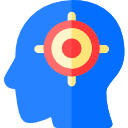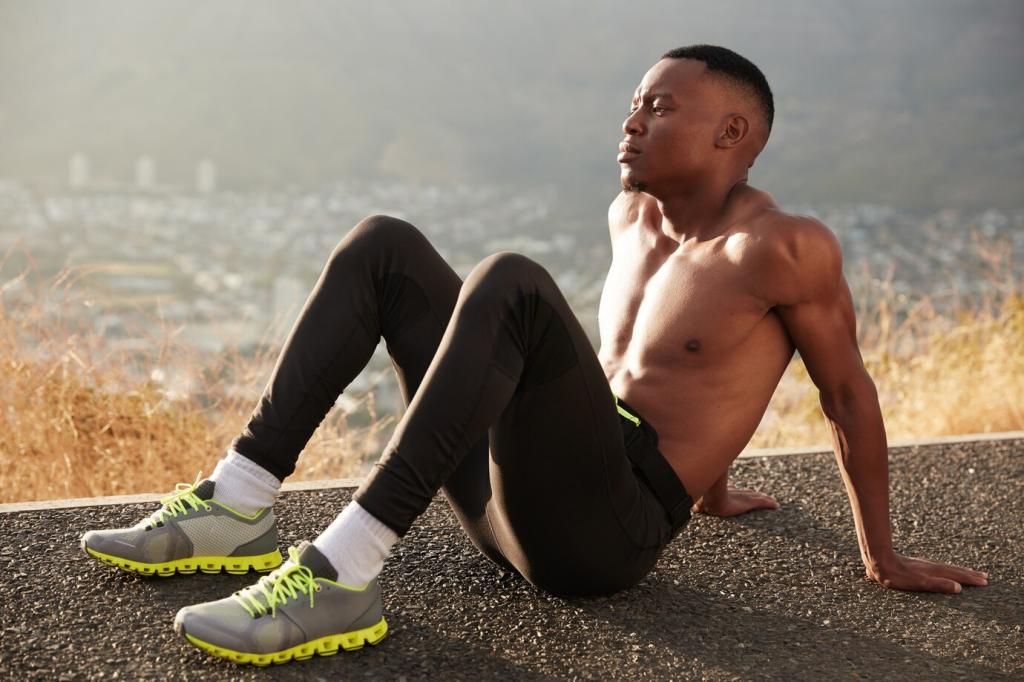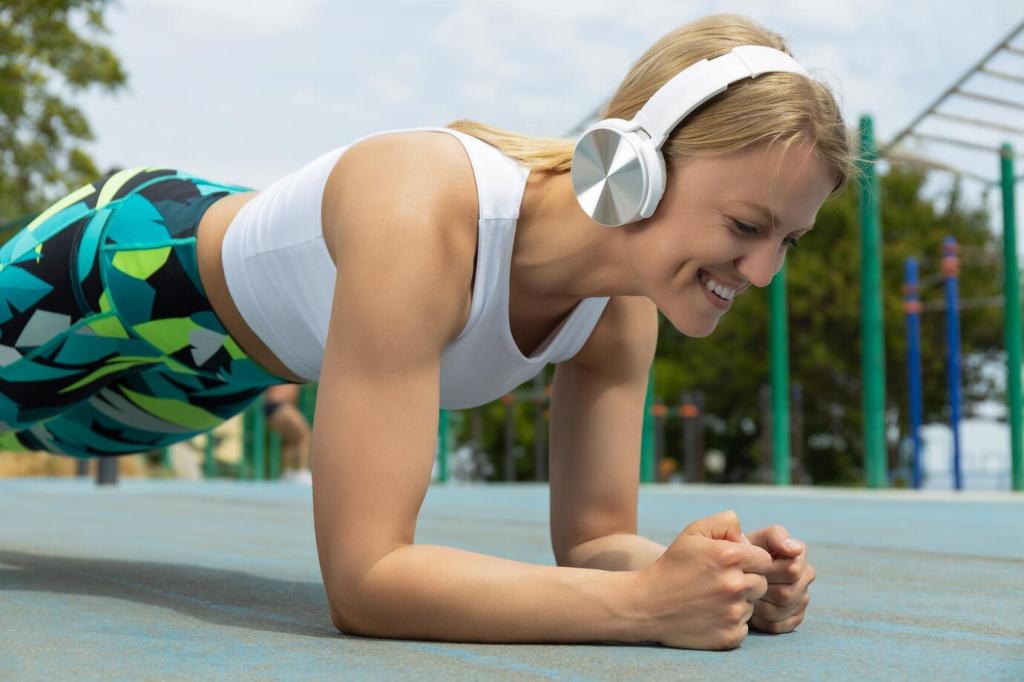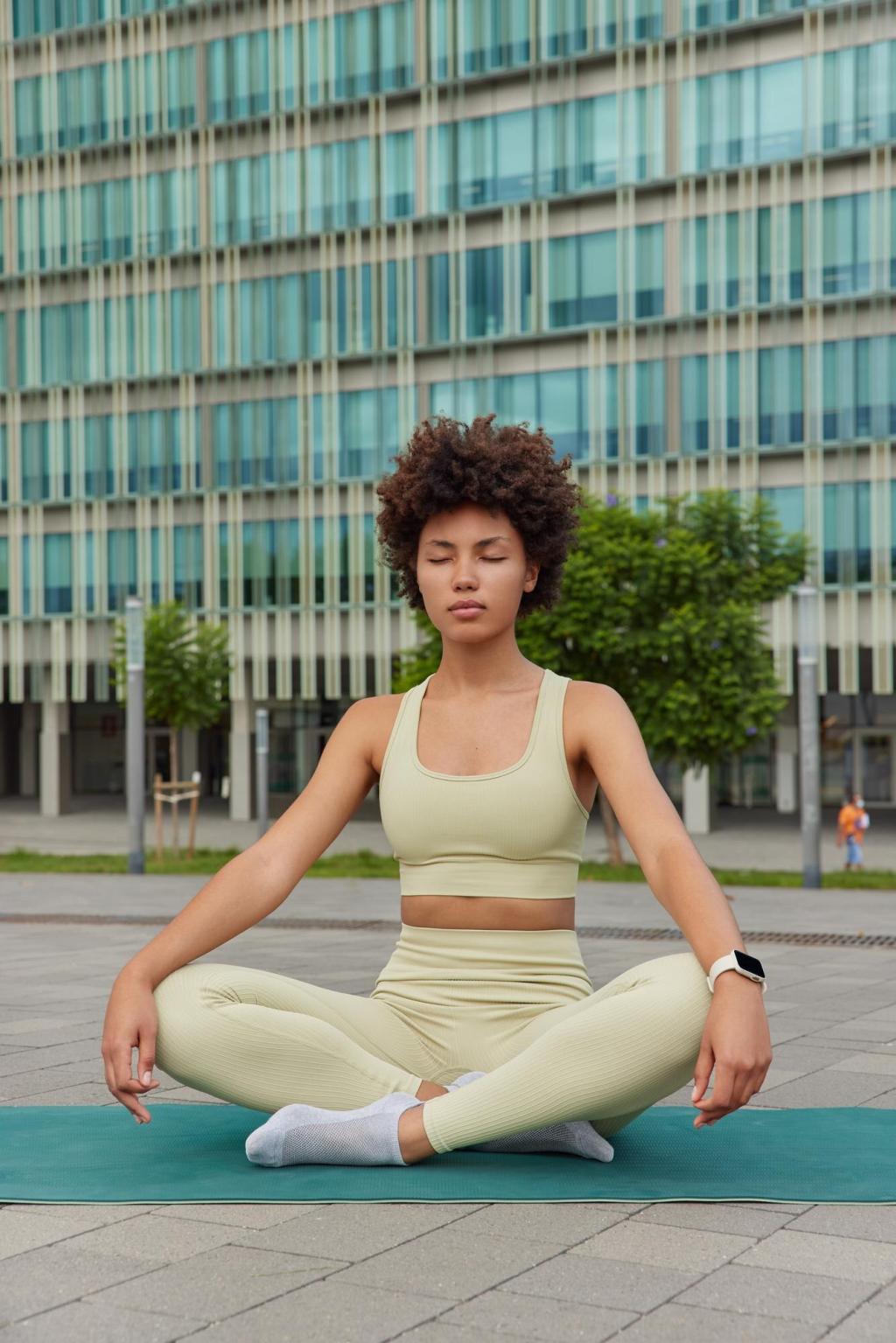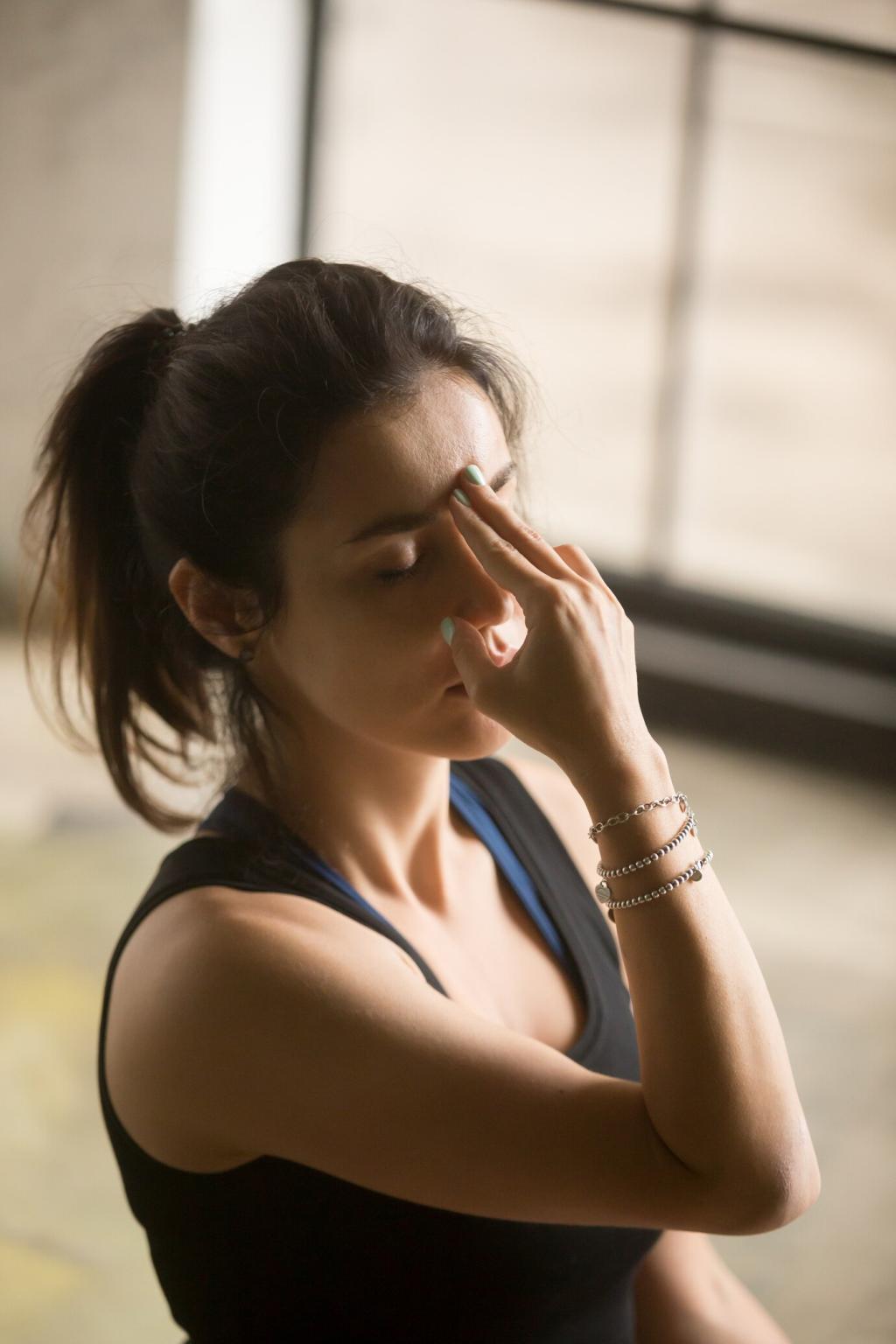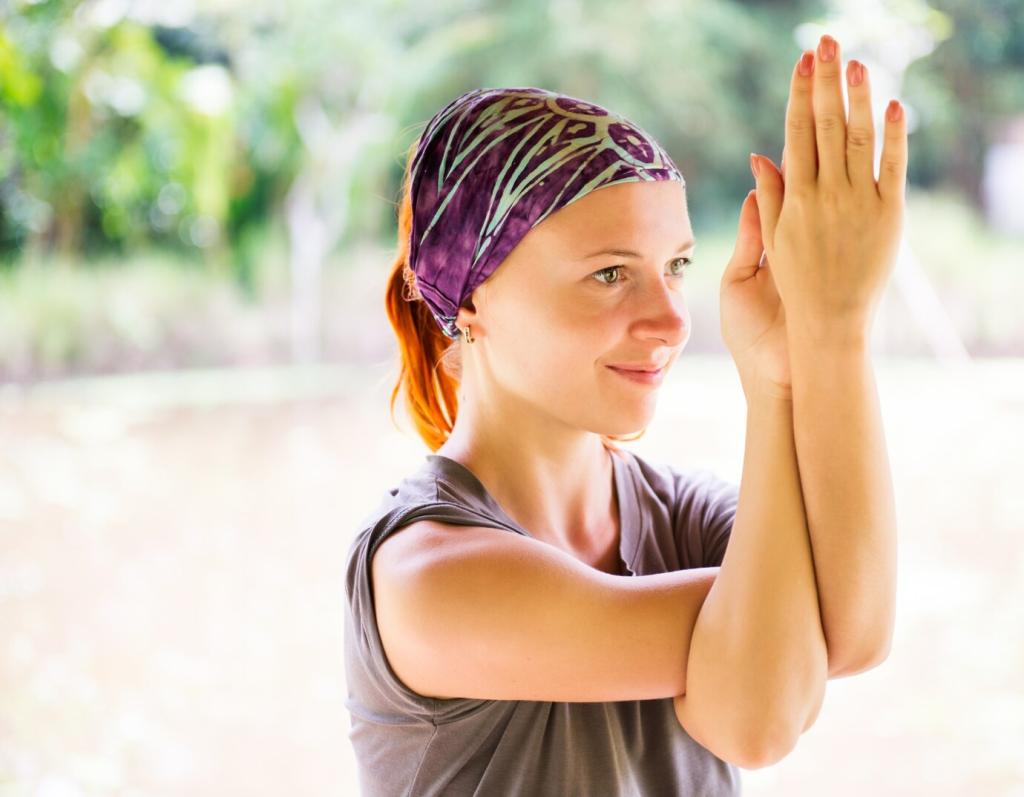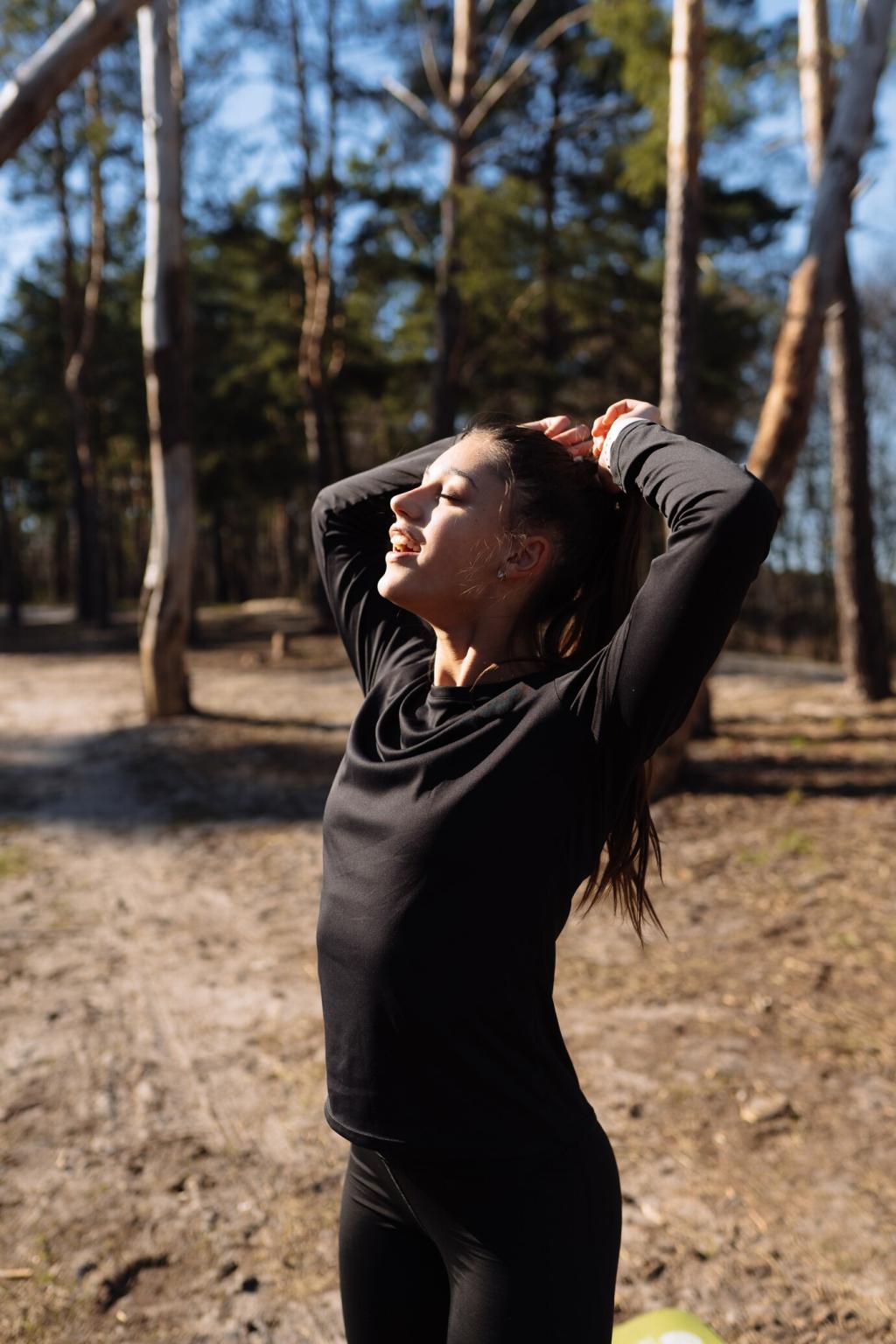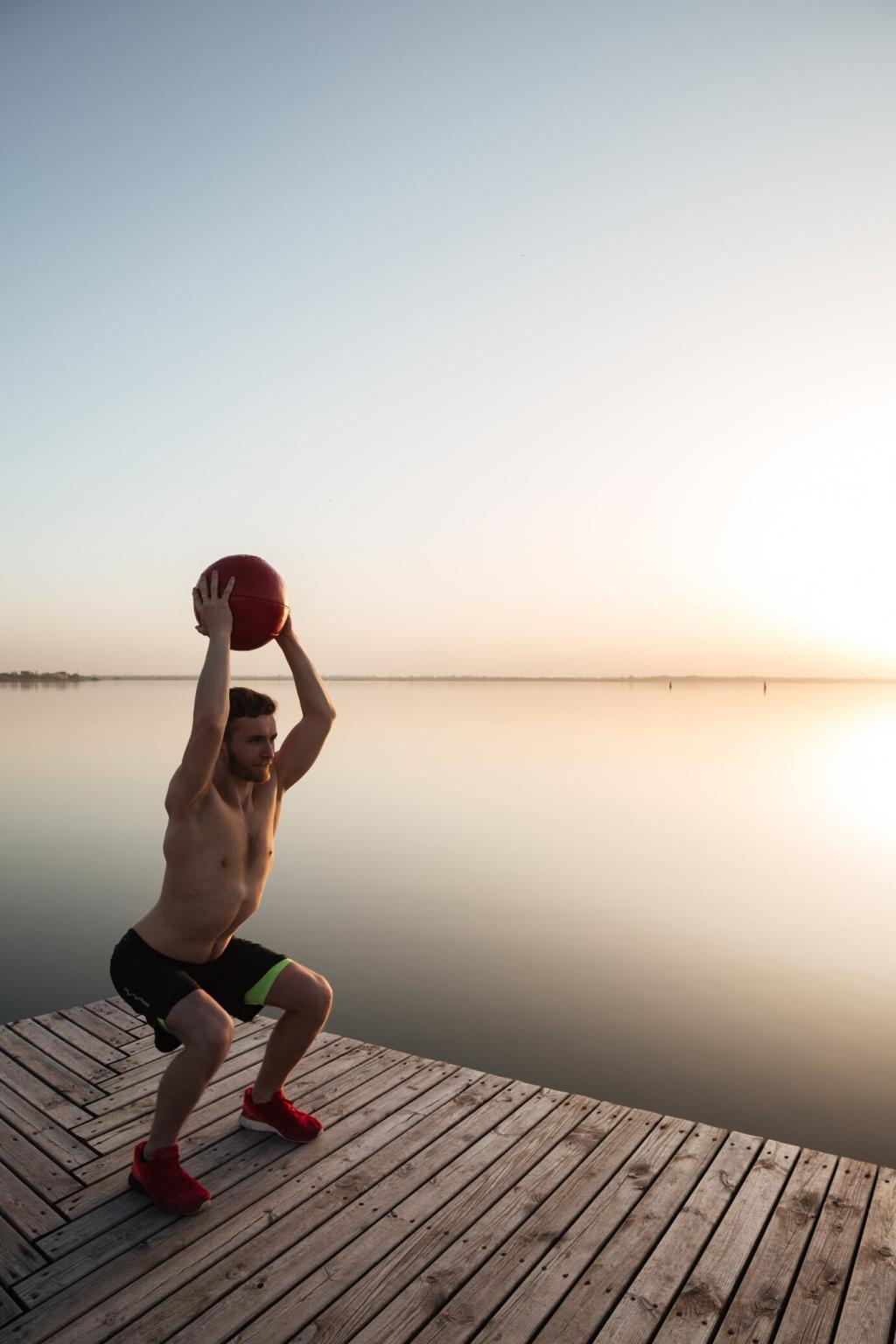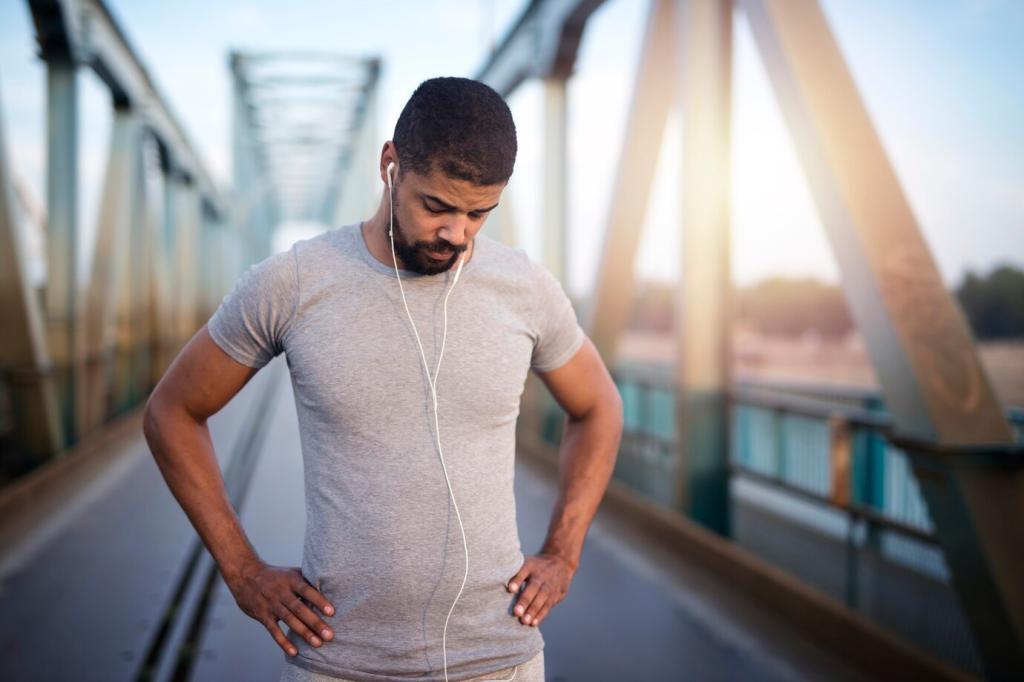Working with Discomfort, Not Fighting It
Use a simple rule: sharp, escalating, or numbness-like pain is a red flag; dull, symmetrical soreness is often green. During the scan, label sensations accurately. If red flags arise, stop, note the location, and follow up with your clinician or coach promptly.
Working with Discomfort, Not Fighting It
Place a soft spotlight of attention on a tender area. Count four slow exhales, imagining space around the tissue. Then zoom the spotlight out to include neighboring regions. Alternating focus widens your body map, reducing protective guarding and easing perceived discomfort.
